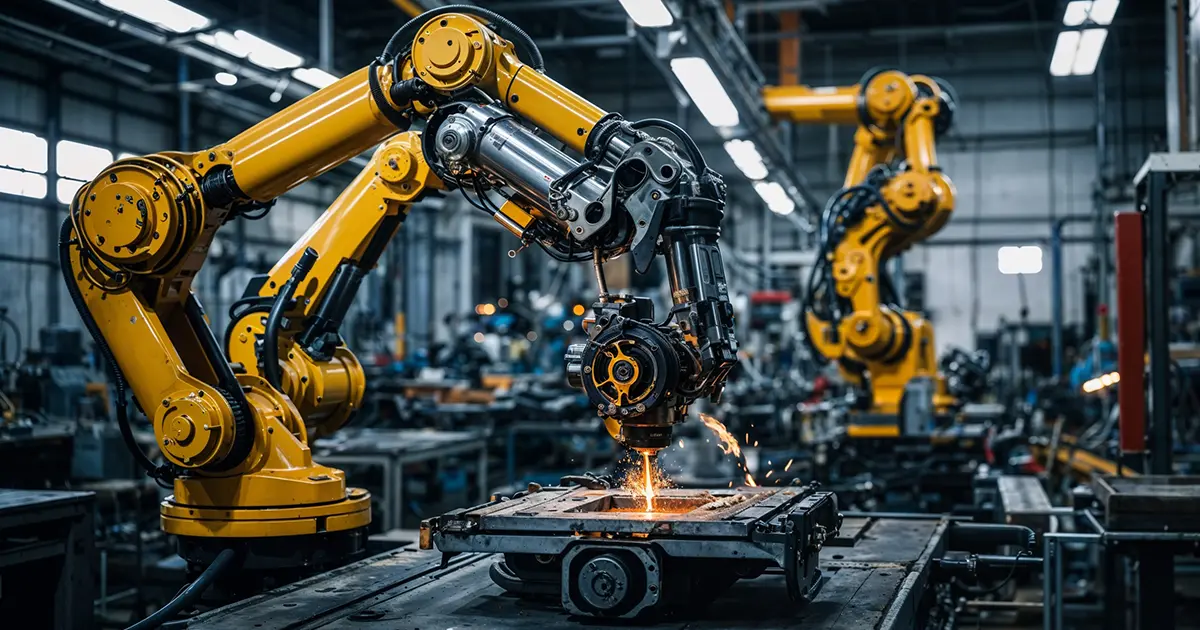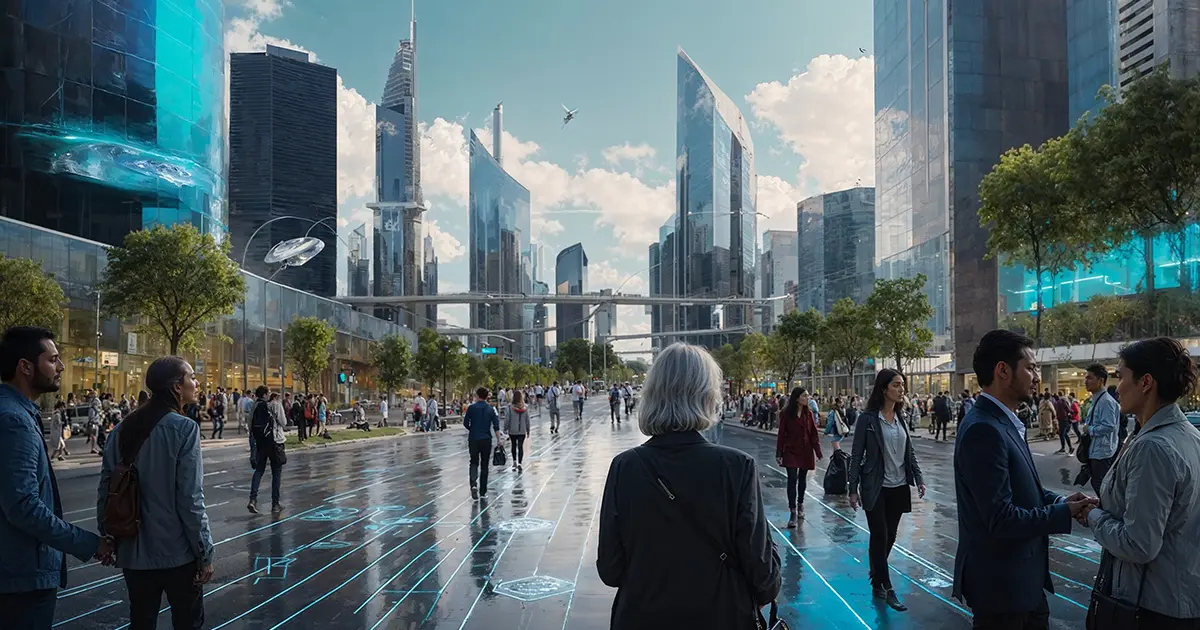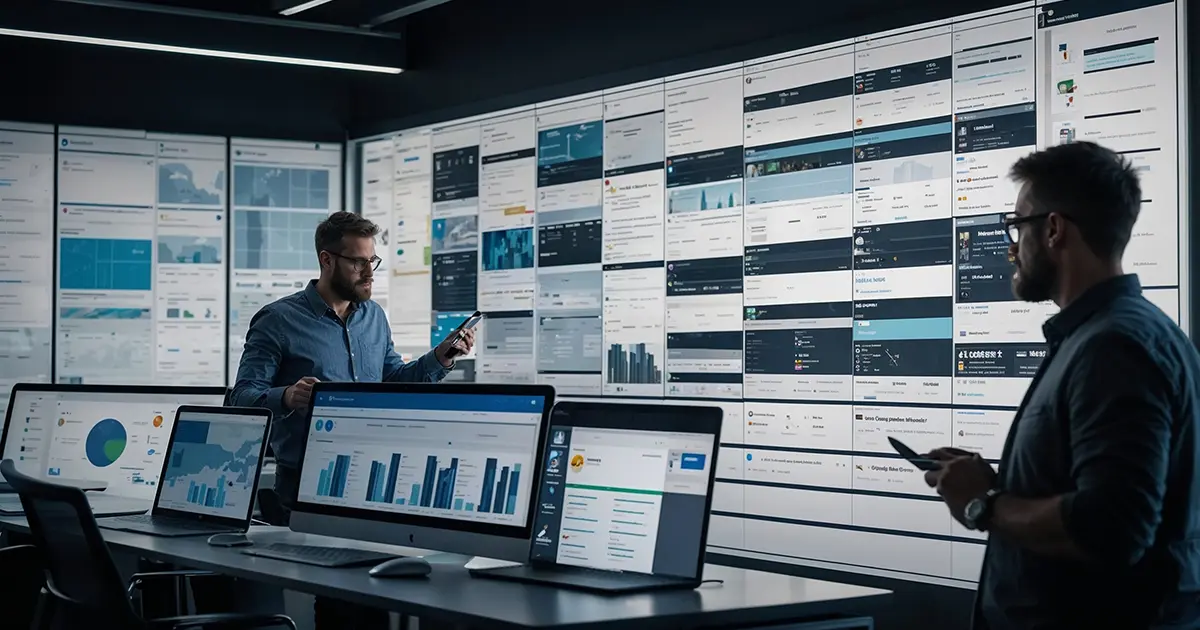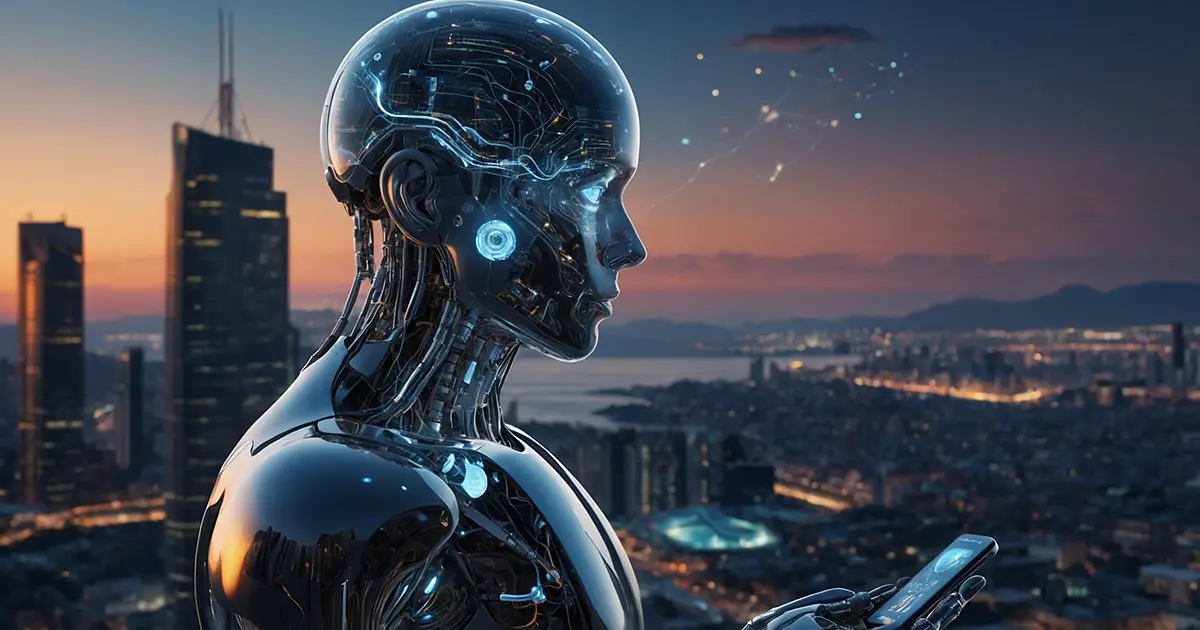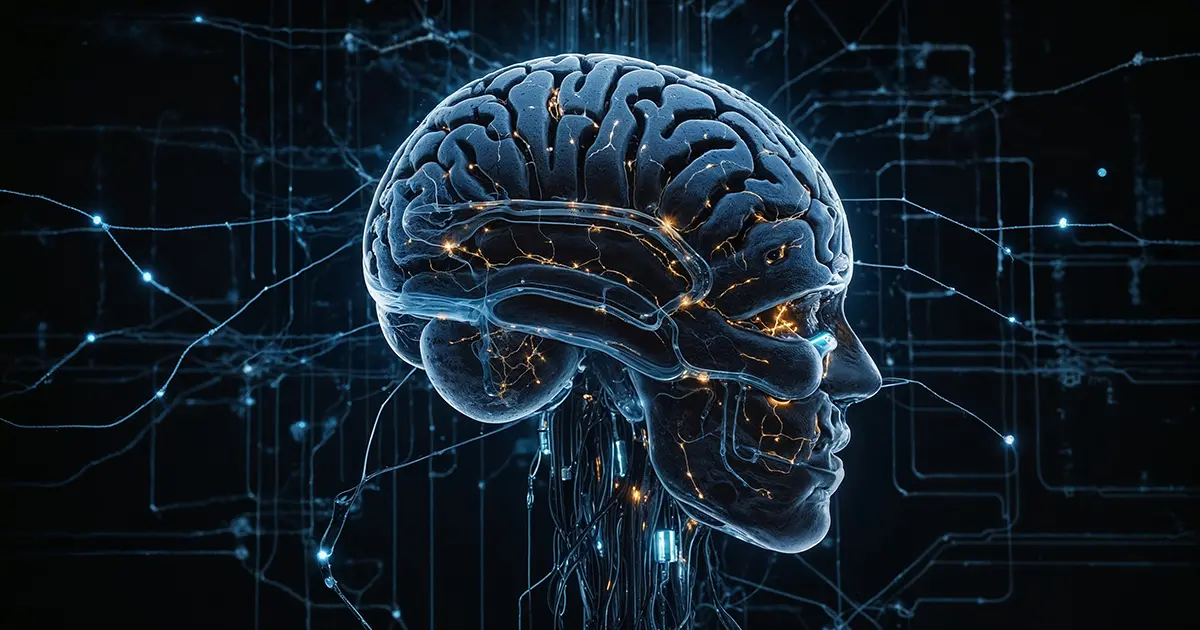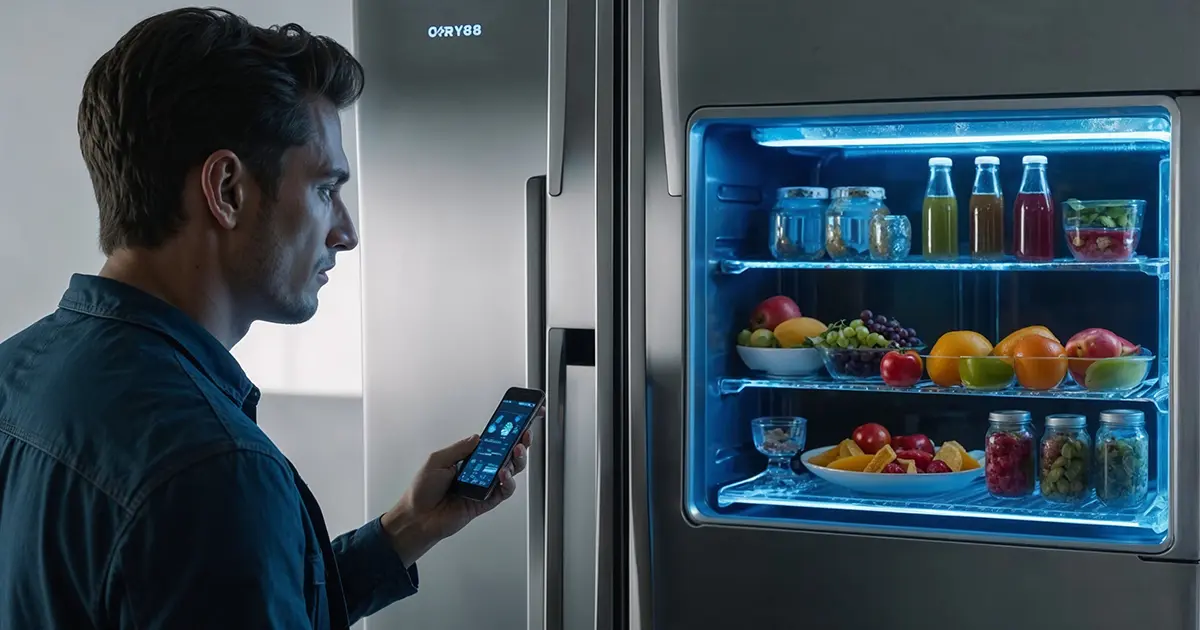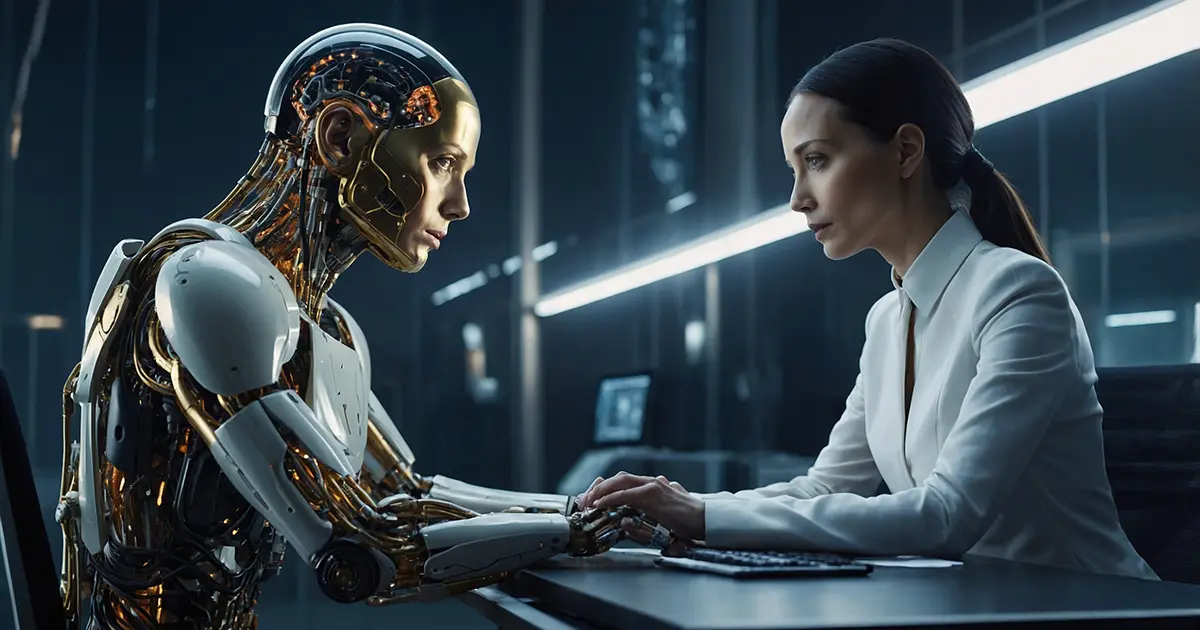The Truth About AI Robots: Practical Devices, Not Humanoids
Movies have painted a picture of intelligent, humanoid robots as our future companions, but this is mostly fiction. The reality of AI-driven robots is much more practical, focused on specialized tasks that solve specific problems. Let’s explore the myths and truths behind artificial intelligence in robotics.
Robots in fiction: Misinformation and myths
When we think of robots with artificial intelligence, many of us imagine what we’ve seen in movies: humanoid machines that can think, speak, and even feel emotions just like us. However, this image is largely a product of creative storytelling by filmmakers, intended to entertain rather than inform. The real-world development of intelligent robots has little to do with building a machine that looks and acts like a human. In fact, it doesn’t make much practical sense to build a humanoid AI robot; the applications for such a device are quite unclear. Instead, what we have today are highly specialized robotic systems designed for specific tasks in specific environments, where practicality trumps appearance.
What is an AI Robot? A practical insight
To understand what an AI robot really is, we need to start with the basics. Simply put, a robot is a machine capable of performing certain tasks automatically, often to replace or augment human efforts. When we add artificial intelligence to the equation, the robot becomes more capable of “learning” from data, adjusting its actions based on the situation, and performing complex tasks more effectively.
Most of the robots we use in various industries today are not humanoid, but are specialized tools designed for specific environments. For example, industrial robots, such as those used by FANUC and ABB Robotics, are large, multi-jointed arms that assemble cars or perform precise welding tasks in factories. They are specifically designed for efficiency, safety, and precision, not to resemble or mimic the human form. Boston Dynamics, another pioneer in robotics, has developed robots such as Spot, a quadruped robot used for inspection in fields such as construction or mining. These robots are built for mobility in difficult terrain, not to interact with humans as human-like companions.
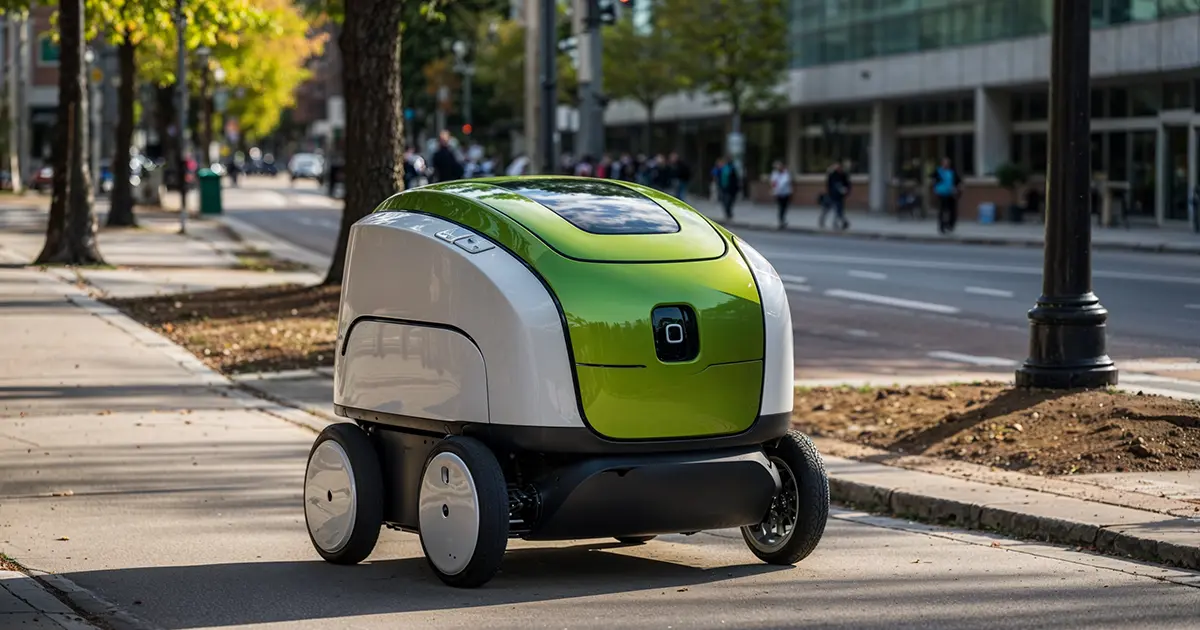
In healthcare, we have robots like da Vinci, a robotic surgical system developed by Intuitive Surgical that helps surgeons perform minimally invasive surgeries with greater precision. Another example is Blue River Technology’s agricultural robot, which uses AI to distinguish crops from weeds and take targeted actions such as fertilizing or weeding. These robots, with specialized shapes and designs tailored to their functions, demonstrate that AI in robotics is far from the human-like concept presented in movies – it is about practicality and efficiency in solving specific problems.
The reality of specialized robotics
Rather than aiming for human-like behavior, most AI robots focus on efficiency at specific tasks. Robots used in manufacturing, logistics, medicine, and agriculture are highly specialized, each designed to perform a specific task. In truth, the true power of AI robots lies in their ability to perform repetitive, high-precision tasks better than humans.
Not all robots are humanoid: Practical examples
Contrary to movie depictions, robots often don’t resemble humans at all. Here are some examples of practical robots and their applications:
These robots have unique designs tailored to their specific tasks, which is more efficient than replicating a human form.
From fiction to reality: Debunking robot myth
Humanoid robots with emotions and conversational abilities may exist in science fiction, but they have little practical application in today’s world. While companies like Hanson Robotics have developed humanoid robots like Sophia, they are primarily for research, entertainment, or demonstration, rather than practical everyday use. In reality, robots excel at repetitive, high-precision tasks-areas where being humanoid offers no real advantage.
AI robots in everyday industries
Artificial intelligence and robotics have revolutionized several industries by improving safety, precision, and efficiency. In logistics, robots are used to move heavy items around warehouses, often alongside human workers. Companies like Amazon use automated guided vehicles (AGVs) to transport goods to different areas, saving time and reducing the risk of injury. In agriculture, robots can perform soil analysis and even plant seeds with an accuracy that is impossible for human workers.

How our site can help you understand AI robots
On this website, our mission is to make artificial intelligence understandable to everyone, from the absolute beginner to the curious. Here you’ll learn the basics of AI, understand its role in everyday tasks, and see how robots work beyond what Hollywood has imagined. Even if you’re starting from scratch, our articles are designed to be accessible. In no time, you’ll be able to grasp the core concepts of AI and navigate this technology with greater confidence.
Learn more about AI in everyday tasks
The image of AI robots in our minds is often clouded by fictional portrayals, but the truth is far more fascinating and practical. As we learn more, it’s clear that artificial intelligence robots are transforming industries by making our lives easier and our work more efficient. If this has piqued your interest, there’s more to explore on our website – whether it’s understanding how AI powers your everyday devices or how these technologies are making industries more efficient. Dive into our other sections and see how AI can transform your everyday tasks!

